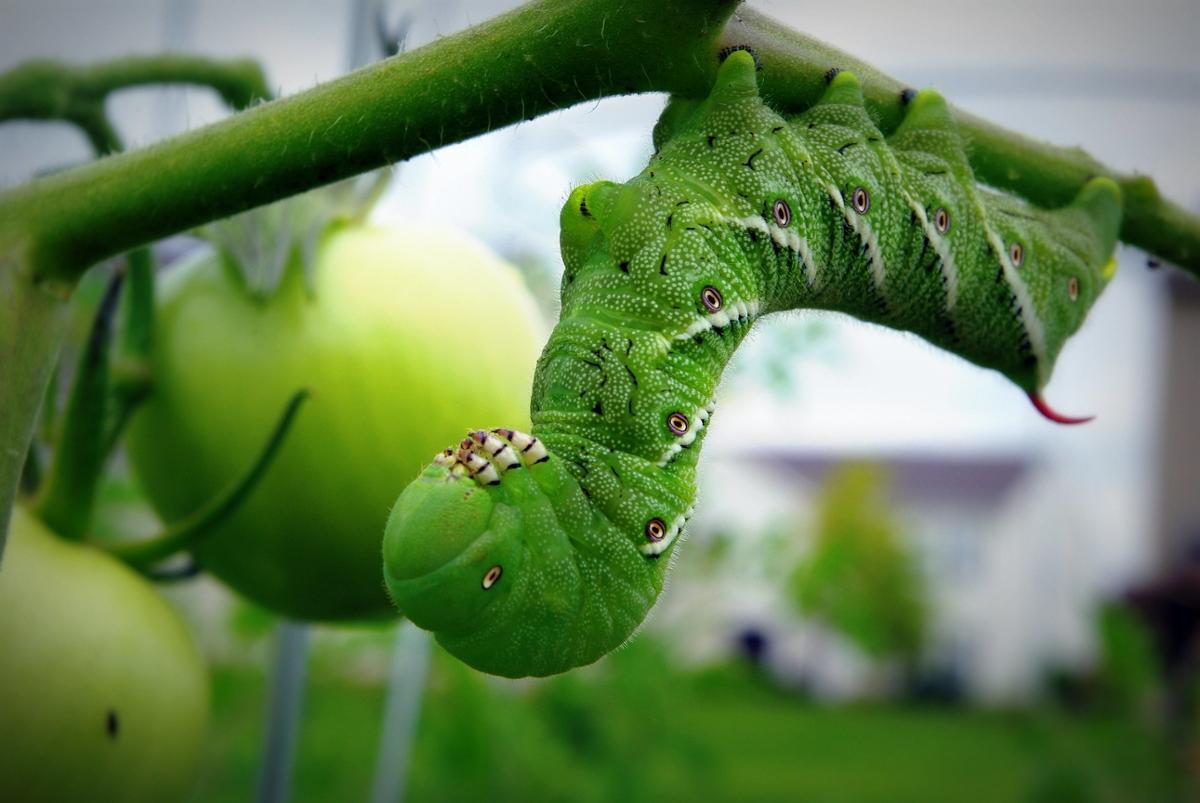Y: Don, if you’re a plant—say, a tomato plant—how do you save yourself from a barrage of hungry caterpillars?
D: Well, Yael can a stationary plant out-maneuver voracious eating machines?
Y: Yes! If it can turn the caterpillars on one another!
D: It’s not unusual for caterpillars or other insects to feast on one another. It may sound odd, but caterpillars may turn on each other if food supply is short or bad quality.
Y: What tomato plants can do is push those caterpillars toward cannibalism more quickly. It’s not as if tomato plants have brains or can decide these things, but they do respond to chemicals in their environment that are produced when other plants are wounded.
D: This is a strategy called induced resistance. When a plant detects a chemical called methyl jasmonate, which is released from a damaged plant, the receptor plant will often change its own chemistry so that it’s less tasty.
Y: A team of scientists at the University of Wisconsin-Madison have investigated this phenomenon and what it means for those hungry caterpillars. The scientists sprayed some tomato plants with methyl jasmonate and left others untreated. They then put the plants in a container with eight caterpillars.
D: The caterpillars had two options: either eat the tomato leaves or their fellow foragers. So, they ate the untreated plants down to the stalk, but from there, the caterpillars turned on each other quickly. The caterpillars were repelled by the chemical defenses. Only two survived in the end.
Y: Tomato plants induce this reaction to protect themselves, but in doing so, they lose great portions of energy. It takes a serious onslaught of caterpillars to provoke a response like that.









